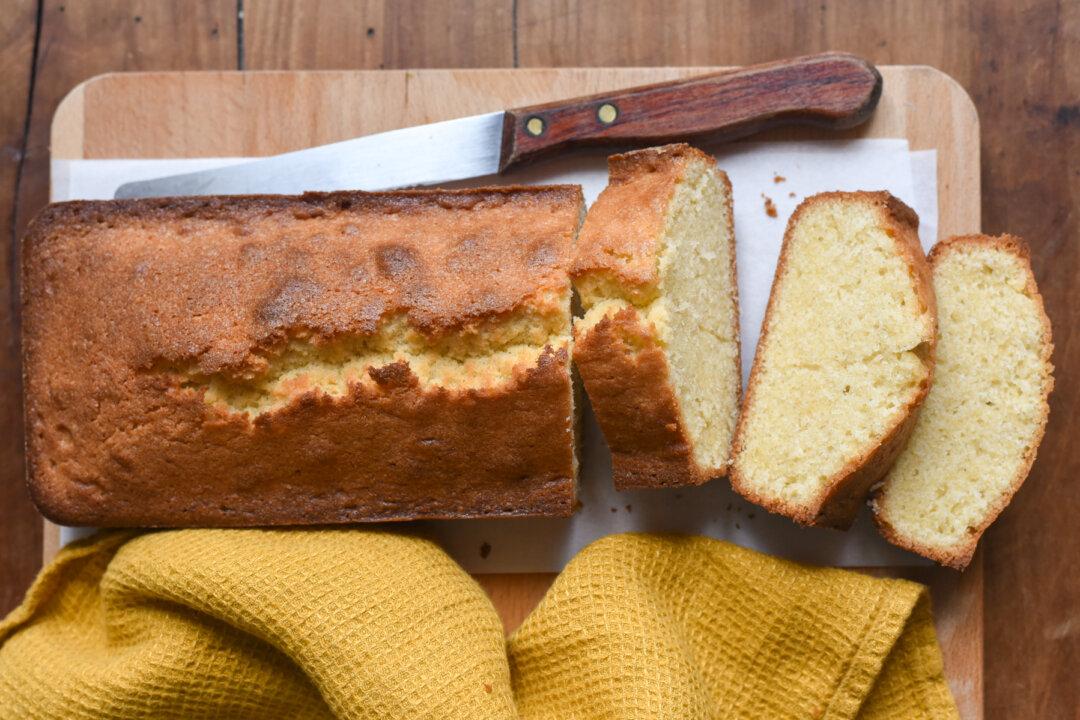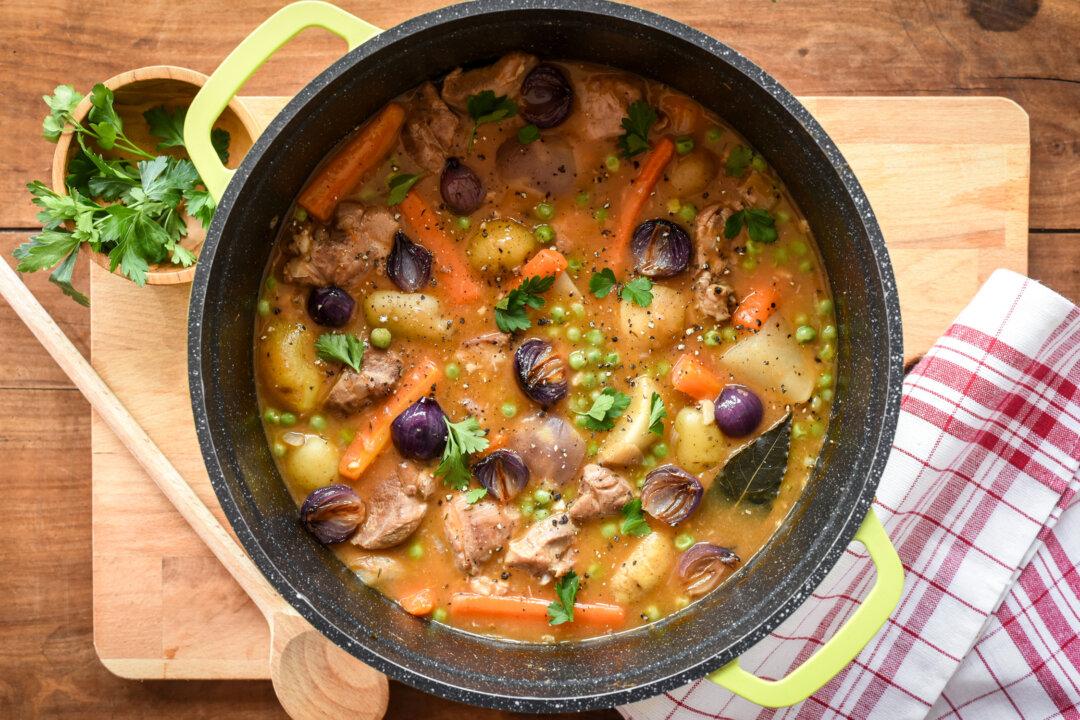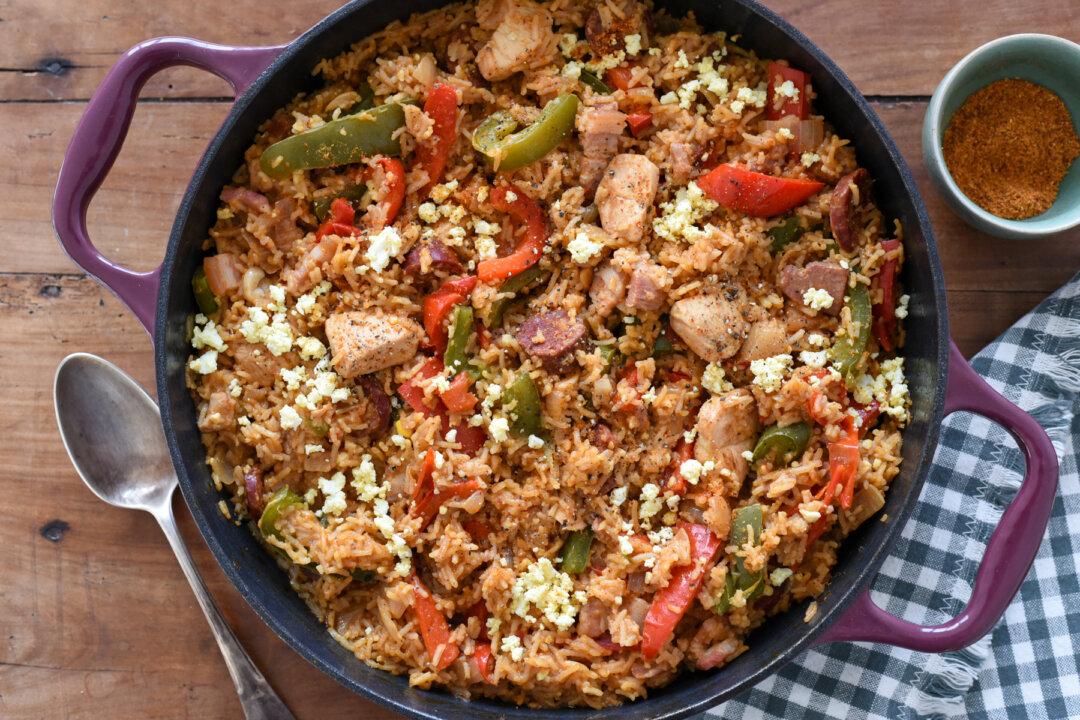With a buttery crust and silky custard filling, full of cheese and studded with bits of smoky bacon, the quiche Lorraine is classic French cooking at its best.
Born in the historical Alsace-Lorraine region of northeastern France, this savory tart is today one of the cuisine’s most highly sought-after recipes. But like many popular European dishes, it began as humble peasant food.





